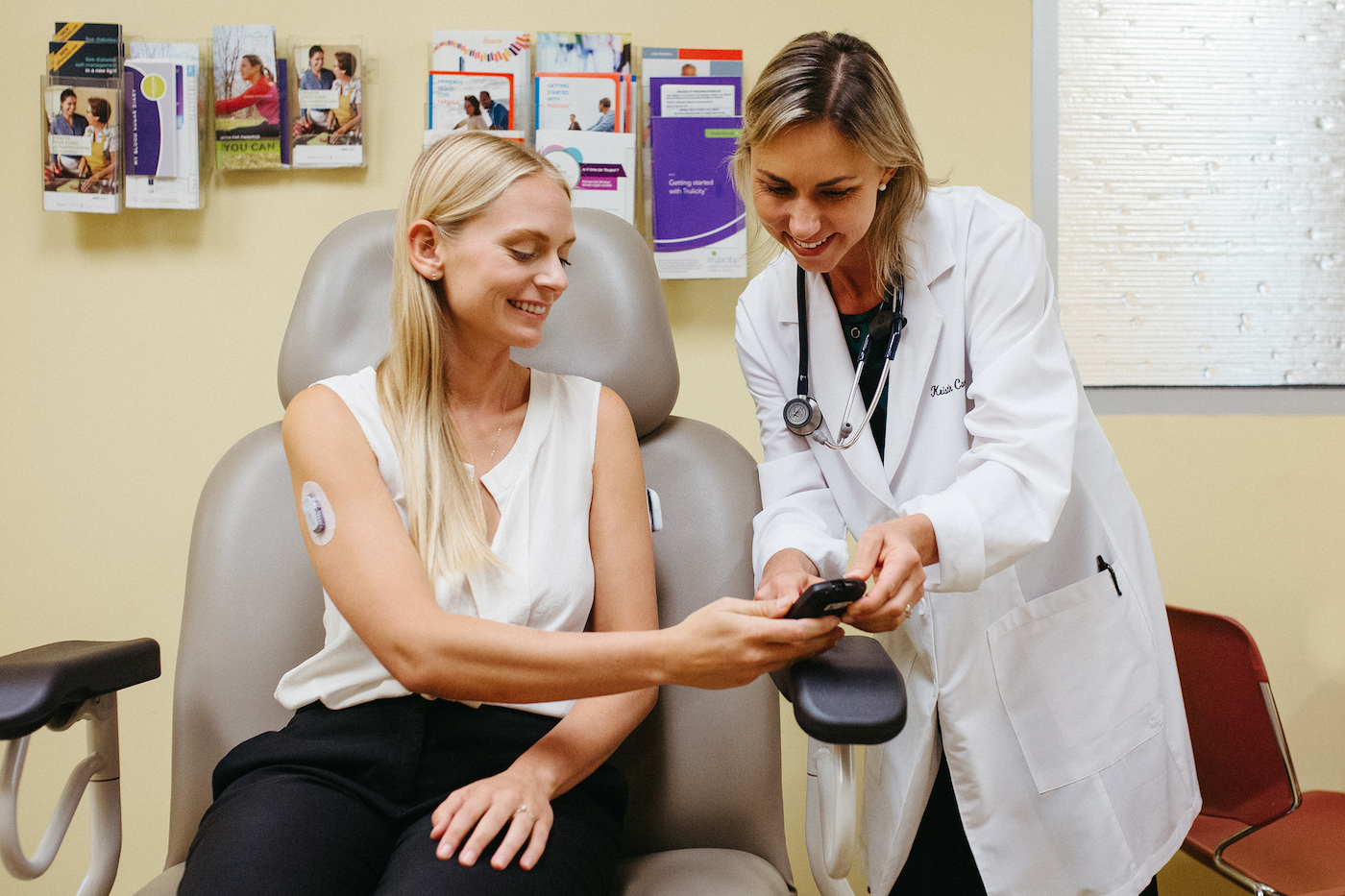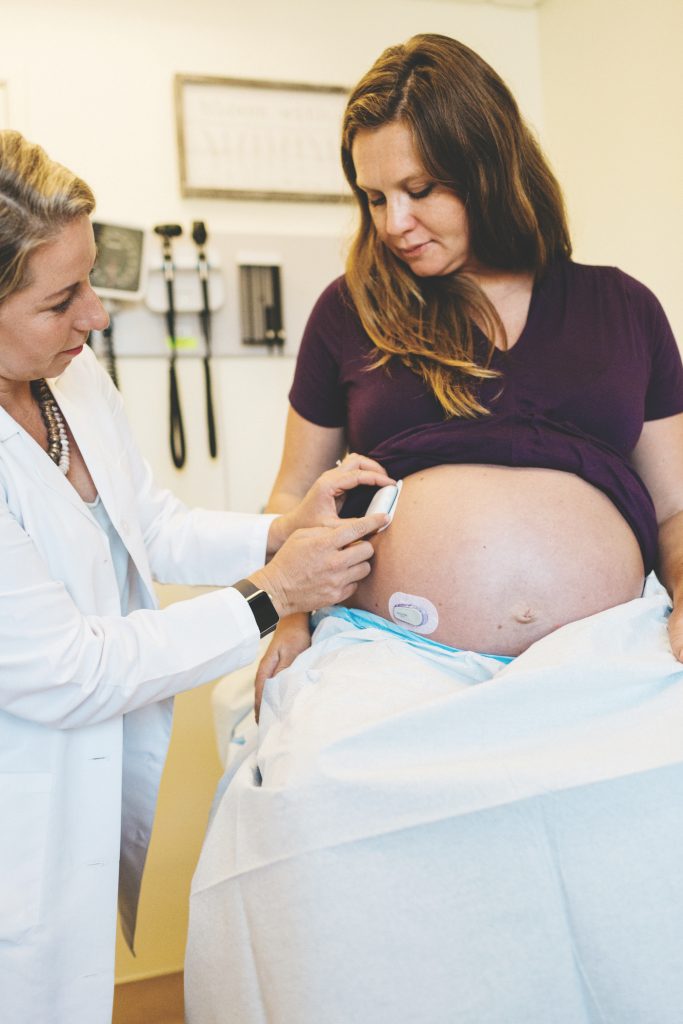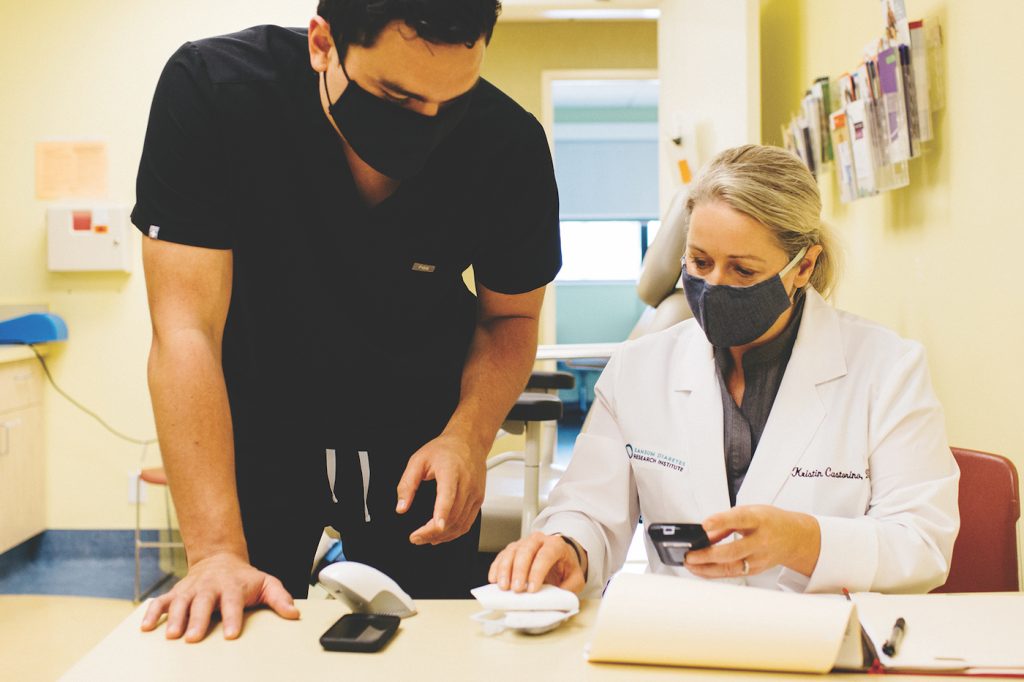Sansum Diabetes Research Institute

Less than three weeks after this issue of the MJ hits newsstands, Sansum Diabetes Research Institute will mark an incredible milestone: 100 years since its founder, Dr. William Sansum, administered the very first injection of insulin in Santa Barbara to Charles Cowan, the first U.S. patient to receive the lifesaving shot. Prior to the discovery of insulin, people who were diagnosed with diabetes died because of the disease.

But Dr. Sansum didn’t just inject that historic shot on May 31, 1922, he was the first physician in the country to manufacture insulin right here in Santa Barbara. “That allowed so many people with Type 1 diabetes to live, because prior to the discovery of insulin, the diagnosis was always a death sentence,” explained Ellen Goodstein, Sansum Diabetes Research Institute’s executive director. “Santa Barbara became a Mecca for people with diabetes from all over the country. They called him ‘The Genius of Santa Barbara.’ He saved so many lives. There’s no overestimating what his work meant for people.”
But Dr. Sansum didn’t rest on his laurels of that first injection, and his dedication to continuing to develop insulin production is legendary, with a number of anecdotal stories that prove his mettle. While nowadays insulin can be of the genetically engineered, synthetic variety, that wasn’t the case back in the 1920s and ensuing decades. Back then, insulin was collected from pigs and cows, so Dr. Sansum would go to the local slaughterhouses to collect fresh pancreas at the moment the animals were killed. But then Santa Barbara outlawed slaughterhouses.
“So Dr. Sansum would drive to Los Angeles to be at the slaughterhouse at three in the morning to harvest the fresh pancreas, put them in alcohol to preserve them, and then drive back to Santa Barbara,” Goodstein said. “On one of the trips he got stopped by the police, and the officer wanted to arrest him for violating prohibition because he had alcohol on board. But Dr. Sansum had a friend in a high place, the U.S. Secretary of State who told the officer to let Dr. Sansum get going to do the important work he’s doing.”
As time went on, that work included refining his methods and research how to help people with the disease, working to combat its adverse effects on physical and emotional health and quality of life. “Insulin in many ways is just the beginning of the story,” Goodstein said. “It’s a huge milestone, of course. But it’s not the cure.”
Indeed, Goodstein said, Dr. Sansum’s work included investigating nutrition and how that affects diabetes, coming up with an early kind of a diet plan revealed in his writings. Sansum Diabetes Research Institute (SDRI) continues to be a global leader in diabetes research, working on the cutting edge of diabetes research, education, and clinical care.
Among its many accomplishments are the development of the artificial pancreas, an out-of-the-body system made of three parts that work together to mimic how a healthy pancreas controls blood glucose, monitoring the levels, and interacting with the insulin pump. SDRI, along with scientists at UCSB, hold the first U.S. patent that came from developing and testing the algorithm that the monitor uses to keep blood glucose at optimum levels, Goodstein said.
“For people living with Type 1 diabetes, there’s no relief from it. It’s a 24/7 chronic illness. You can never not be aware and have to deal with what’s happening all the time. But the artificial pancreas with the automated insulin system gives you a break from that. It’s really gone a long way to relieve the burden.”
It’s all part of SDRI’s commitment to not only basic research, but also clinical trials. “We’re not working with real people, not mice or animals,” Goodstein said. “It’s actually testing devices in people.”

Other people that have received considerable help from SDRI include pregnant women, who either had a preexisting diagnosis of diabetes or developed what is known as gestational diabetes. Taking care of that niche segment of society is one of the examples of SDRI’s clinical care department. That was the pioneering work of SDRI’s former chief scientific officer, Dr. Lois Jovanovic, who is revered worldwide as the godmother to modern-day diabetes care, the one who changed the face of care for women with the disease.
“Before she came along, women with diabetes were told not to have children because the risk of complications, both to mother and child, was too great,” Goodstein explained. “She developed strict protocols that allowed women with the disease to give birth to healthy babies. And she trained so many other women doctors in her work.”
More recently, SDRI is doing work on children with diabetes, engaging with a pediatric endocrinologist whose team includes a nurse practitioner, a diabetes educator, and others to teach families how to deal with all the devices that make living with diabetes easier. Meanwhile, SDRI continues to research how the devices work as children grow into adults, or what happens as seniors age.
“It’s just the beginning of that technology,” Goodstein said. “There’s still a lot of testing that needs to be done in particular populations and situations. How does the artificial pancreas adjust? How does it work with exercise? What happens when you catch the flu?”
SDRI is also investigating how diabetes disproportionately affects Latinos, a large local concern given the percentage of the population in the county. “They have two times the rate of Type 2 diabetes, they suffer more complications and with COVID we saw that the risks of more severe consequences from that illness were very high.”
Other efforts are digging deeper into diabetes via researching “precision metabolism,” Goodstein said, “to try to discover what is necessary for the individual to thrive at the cellular level.”
So, with all that’s going into researching and treating a disease that afflicts more than 10 percent of the American population, SDRI is pausing only briefly on May 31 to mark the 100th anniversary of that first insulin injection with a small ceremony commemorating the achievement in the nonprofit’s peace garden.
Come September 10, however, SDRI will hold its Gratitude Gala, a huge benefit event boasting dining and dancing as well as a short film about the history of insulin and Dr. Sansum’s work. Tickets and sponsorships are already on sale. But you don’t have to wait to donate to SDRI.
With your support, the nonprofit can further its mission of providing research, education, and care to those impacted by diabetes – both locally and globally – for another century.
Sansum Diabetes Research Institute
2219 Bath Street, Santa Barbara
sansum.org
(805) 682-7638
Ellen Goodstein, Executive Director







